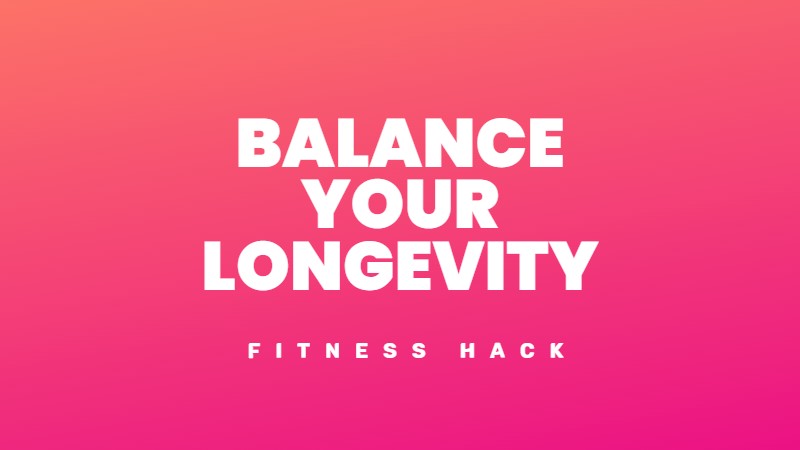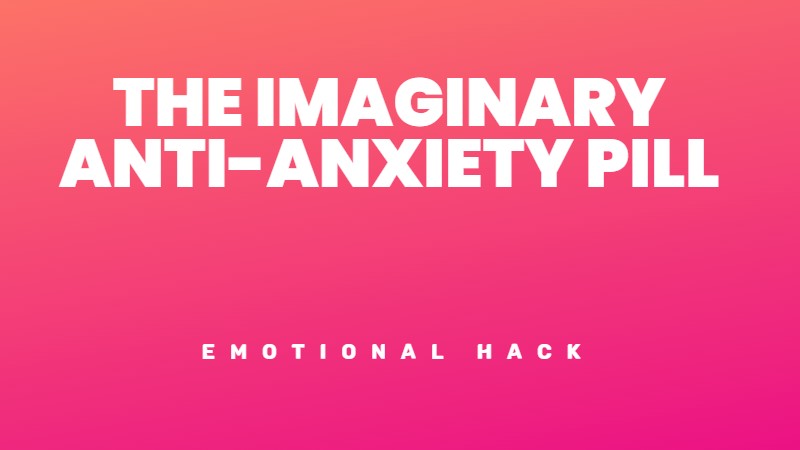I was in my bathroom last Tuesday just standing on my left foot with my eyes shut counting out loud.
One… Two… Three… Whoops!
I leaned against the sink surprised at how fast I’d almost toppled over. At 45 I thought I was in decent shape. I run three times a week and hit the weights. But that little challenge showed me a weakness I didn’t even know I had.
Turns out that mishap in my bathroom might actually say more about my long-term health than any blood test.
Improve your health one leg at a time
You can do one simple thing each day to feel better, boost your energy, and maybe even add some years to your life. It’s as easy as practising balancing on one foot with your eyes closed.
This totally makes sense when you think about it since 40% of how we walk involves standing on one leg. Falling is the leading cause of accidental deaths worldwide right after car accidents. So being balanced keeps you safe and healthy.
The science behind one-leg standing
Want to predict how long you’ll live? Stand on one foot and close your eyes. Research shows this simple test reveals more about your longevity than many complex medical assessments.
When you balance on one leg, your brain coordinates multiple systems:
Research tracking 1702 middle-aged individuals revealed that participants unable to balance on one leg for at least 10 seconds had double the mortality risk over the next 10 years compared to those who could balance for 10 seconds or longer.
Why your balance matters
You use one-leg balance more than you think:
How to improve your balance at any age
The good news is that you can get better at balancing at any age by practising. Every time you stand on one leg, you strengthen the coordination between your brain, eyes, inner ear, and muscles. You’re retraining your brain’s balance system, even if your inner ear’s balance mechanisms have deteriorated with age.
The key is to keep challenging yourself and embrace the wobbles. The more you sway, the more you teach your brain how to keep you upright. Over time, you’ll notice improvement.
Quick tips to work on your balance
Practice standing on one leg whenever you’re dressing, brushing your teeth, watching TV, or waiting in line.
Goals by age
It may seem too simple to make a difference, but the habit of standing on one leg consistently can pay off with a stronger core, better posture, more stability, and potentially a longer health span. Plus, better balance prepares you for various sports and hobbies, from yoga to bowling to surfing.
The one-legged balance test is like a crystal ball offering a glimpse into your future health. Will you be stable and sturdy or frail and prone to dangerous falls? The answer depends on the investments you make in your balance today.
Take action today
Start with 60 seconds twice daily. Close your eyes. Stand on one leg. Count. Switch leg. Track your progress.
Make it fun by challenging friends or family members to join you. Every wobble makes you stronger. Your brain creates new connections each time you practice, building a steadier future one leg at a time.




Lämna feedback om detta